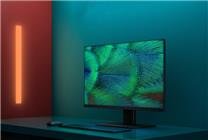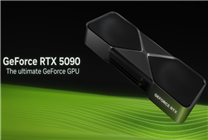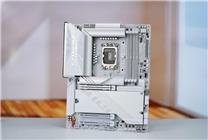Monitor and TV Prices Face Potential Increases Amidst Rising PC Accessory Costs
Key Takeaways:
- Recent trends indicate significant price hikes in various PC accessories, with monitors and TVs as potential next targets.
- Demand fluctuations and production adjustments among panel manufacturers could influence pricing stability.
- Anticipated changes in economic policies may further impact prices across the tech landscape.
As the Double 11 shopping event approaches, many consumers are ready to upgrade their electronics, specifically computers and mobile devices. However, a concerning trend is emerging as prices for essential tech accessories continue to rise. Recent reports indicate that areas such as memory and SSD hard drives, alongside mobile phones, are seeing increasing costs. The anticipated upgrades may come at a higher price than initially expected.
Current Price Trajectory
Currently, increases in memory and storage solutions are notable, attributed to advancements such as the Dimensity 9500 and Snapdragon 8EG5 chipsets. While CPUs and graphics cards have not yet experienced a price spike, consumers are still facing higher rates overall.
Speculation suggests that panel products, including monitors and TVs, may soon follow suit. A report from TrendForce reveals an uptick in demand at panel factories in recent months, which has led to positive production outcomes. Nevertheless, manufacturers are wary of a potential decline in demand looming ahead, prompting them to draft strategies for production cuts in October.
Monitor and TV Panel Market Insights
As of September, TV panel prices are stable—a factor that could imply either a temporary reprieve or a stagnation in market dynamism. Although this stability might indicate a pause on price hikes, it also reflects a lack of downward movement, which could disappoint budget-conscious consumers.
In the display sector, demand cooled off in the third quarter, in part due to manufacturers’ reluctance to produce certain mainstream sizes that have become unprofitable. Concurrently, brand customers are facing tight supplies of full HD specifications but are hesitant to compromise on pricing. This stagnation results in limited upward pricing momentum for monitors, with a flat market trend expected throughout September.
Conversely, laptop panel demand remains robust, projected to grow by 5.1% during the same period. However, panel manufacturers are cautious about inflating prices, balancing the need to secure orders while preparing for a potential downturn in Q4. Consequently, prices are likely to remain stable for the foreseeable future, albeit with downward pressure looming.
The Future of Panel Pricing
In summary, the price landscape across the three major panel markets—TVs, monitors, and notebooks—currently appears stable, even amidst rising demand. However, manufacturers are not ruling out price increases, particularly as speculation grows around the implications of advancements within the thriving AI market.
In the coming months, the economic climate could push prices higher. The commencement of the Federal Reserve’s rate cut cycle suggests that various commodities may soon see a rise. Panel manufacturers may simply be waiting for the right conditions to initiate their pricing strategies.
Conclusion
As consumers gear up for significant shopping events, being aware of ongoing pricing trends in the tech industry is crucial. The potential for rising prices among monitors and TVs should encourage shoppers to plan their purchases more strategically. While stability is currently the mantra across major panel markets, vigilant monitoring of market conditions and economic factors will be essential in the months ahead.
By equipping ourselves with knowledge about current trends and potential future prices, consumers can navigate the shifting landscape of tech accessories more effectively. As the market evolves, staying informed will be key in making wise purchasing decisions.







